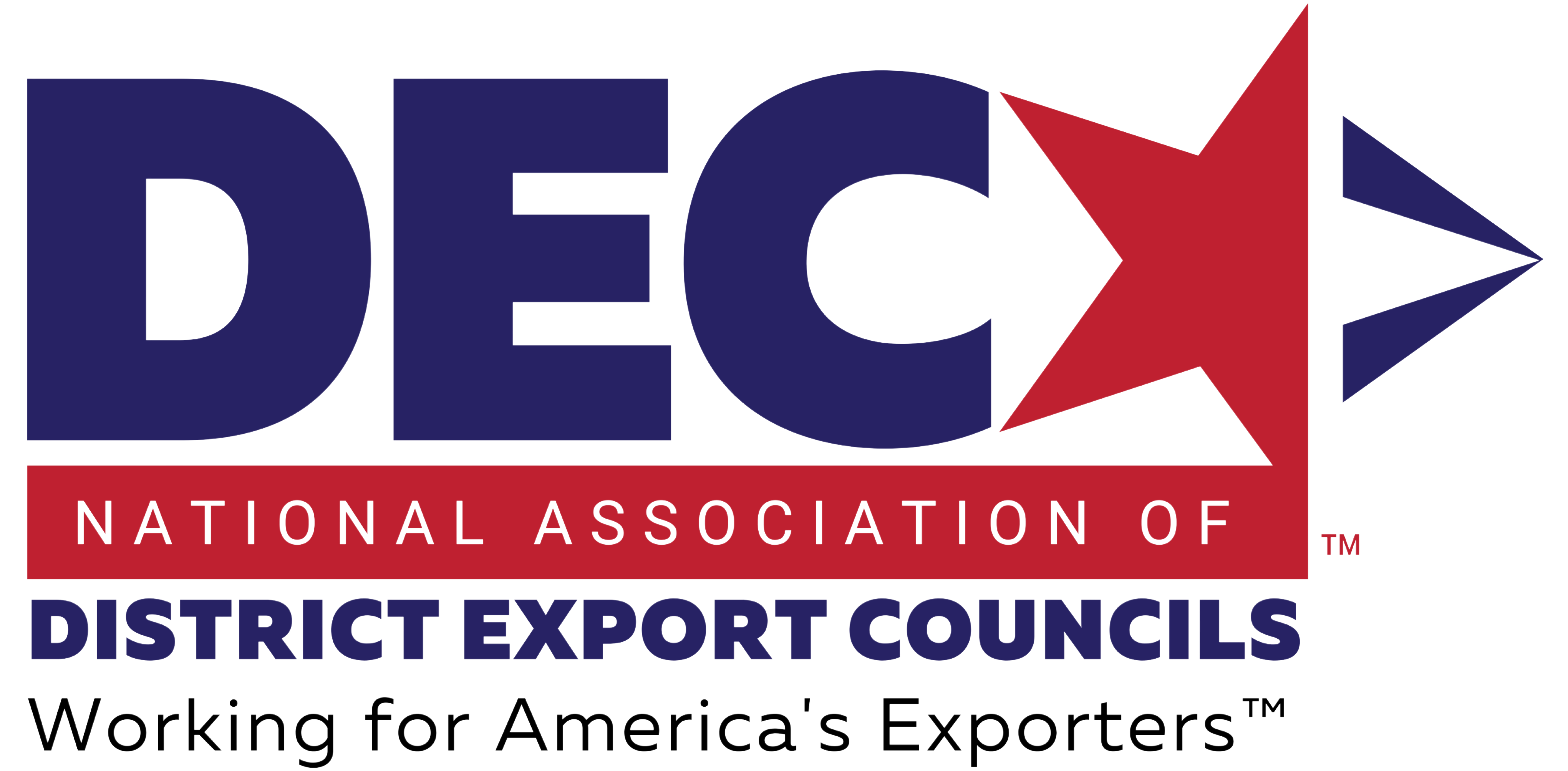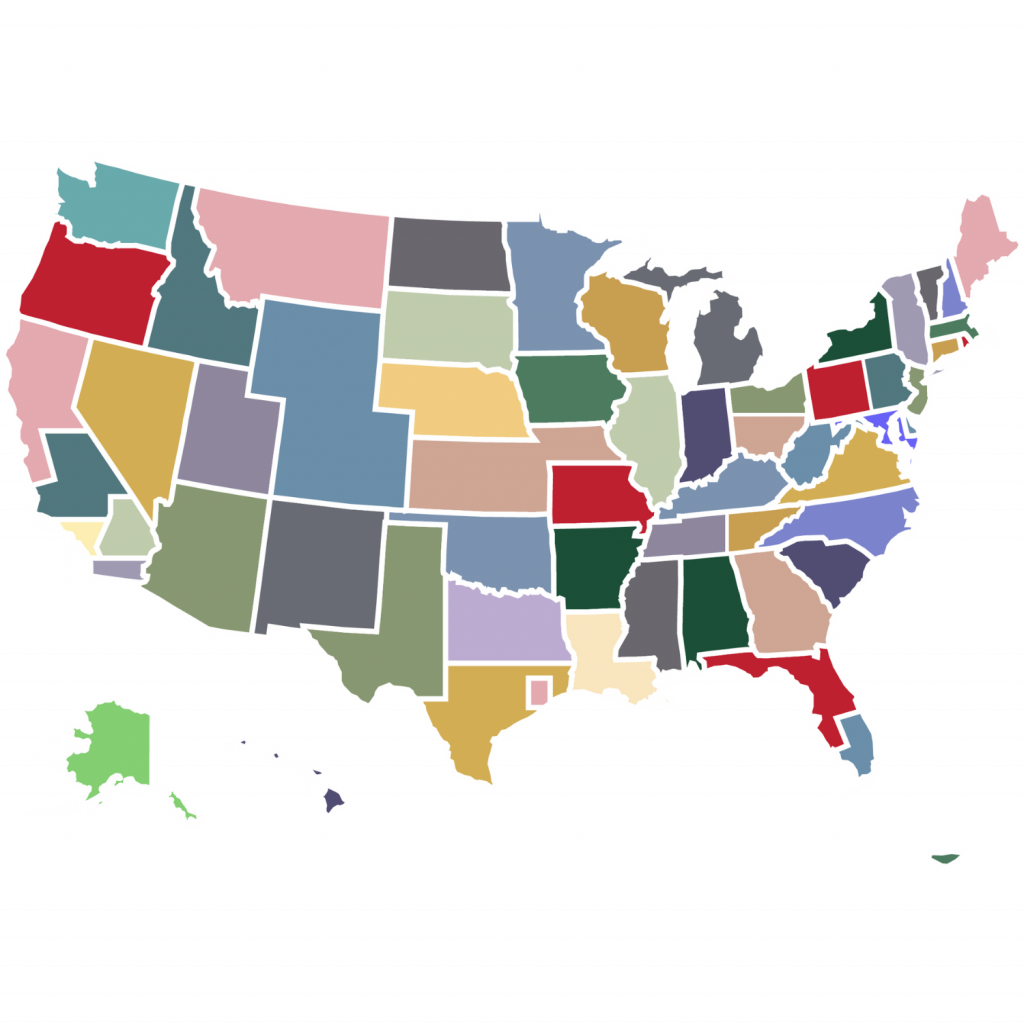By: Simon Lester, CATO Institute
November 9. 2015
The full text of the Trans Pacific Partnership agreement was released last Thursday. At over 6,000 pages (by most estimates – I haven’t counted them myself!), it’s quite a challenge to digest. It’s easy to pick out obscure technical issues and discuss them with trade experts; it’s harder to talk about the big picture significance for a mass audience.
Economist Jeffrey Sachs tried to do this in an op-ed in the Boston Globe, and I think he offered a good starting point:
The agreement, with its 30 chapters, is really four complex deals in one. The first is a free-trade deal among the signatories. That part could be signed today. Tariff rates would come down to zero; quotas would drop; trade would expand; and protectionism would be held at bay. The second is a set of regulatory standards for trade. Most of these are useful, requiring that regulations that limit trade should be based on evidence, not on political whims or hidden protectionism. The third is a set of regulations governing investor rights, intellectual property, and regulations in key service sectors, including financial services, telecommunications, e-commerce, and pharmaceuticals. These chapters are a mix of the good, the bad, and the ugly. Their common denominator is that they enshrine the power of corporate capital above all other parts of society, including labor and even governments. The fourth is a set of standards on labor and environment that purport to advance the cause of social fairness and environmental sustainability. But the agreements are thin, unenforceable, and generally unimaginative. For example, climate change is not even mentioned, much less addressed boldly and creatively.
I would say he gets this about half right. Some clarifications are in order.
He’s right about the free trade part. We should do the tariff/quota reduction part today (or better yet, years ago!).
He’s also right about his third category of regulations, on investor rights, intellectual property, and services. As with most regulations, some are good, some are useless, and some are downright harmful. The TPP regulations are no different.
As for the second category, however, when you talk about international rules that require evidence-based regulation, or prohibit hidden protectionism, that’s already taken care of at the WTO. The WTO has a great track record of handling these cases. It’s not clear how the TPP would add much here.
Finally, he wants stronger labor and environmental rules in the TPP, but it’s not clear to me why those subjects are suited for trade agreements. Whatever you think about climate change, for example, if you are going to address that in a treaty, it seems appropriate to do so in a climate change treaty, not a trade treaty. Regardless, these regulations are really just part of the general category of regulations, along with investor rights, intellectual property, and services.
Summing this up, and narrowing his four categories to two, the TPP has two major aspects to think about: the trade liberalizing part, which is good; and the regulatory part, which is pretty mixed. The best way to evaluate the TPP over the next year – which many people are saying is how long we have until a Congressional vote – is to figure out how much liberalization is in there, and just how good/bad/ugly the regulatory aspects are, and weigh and balance the two.































































